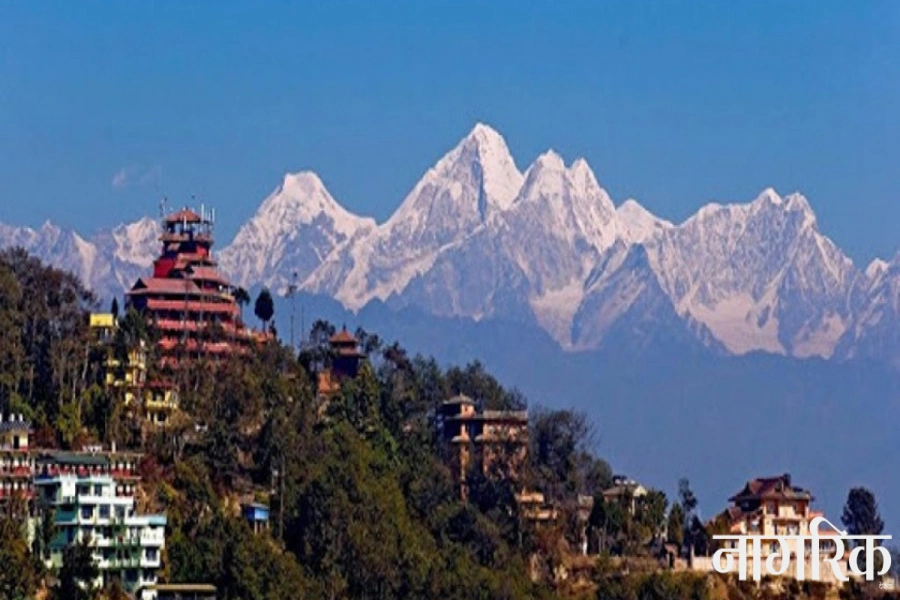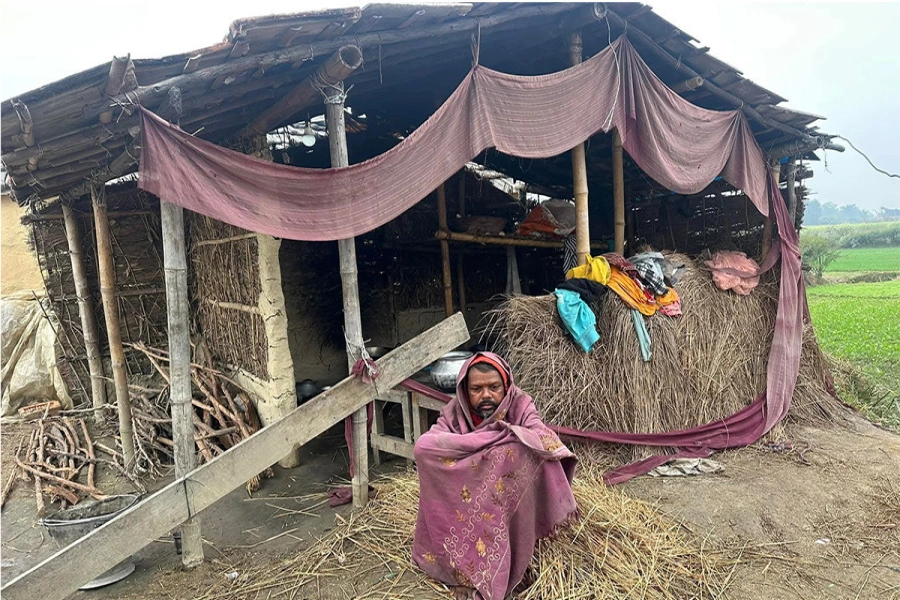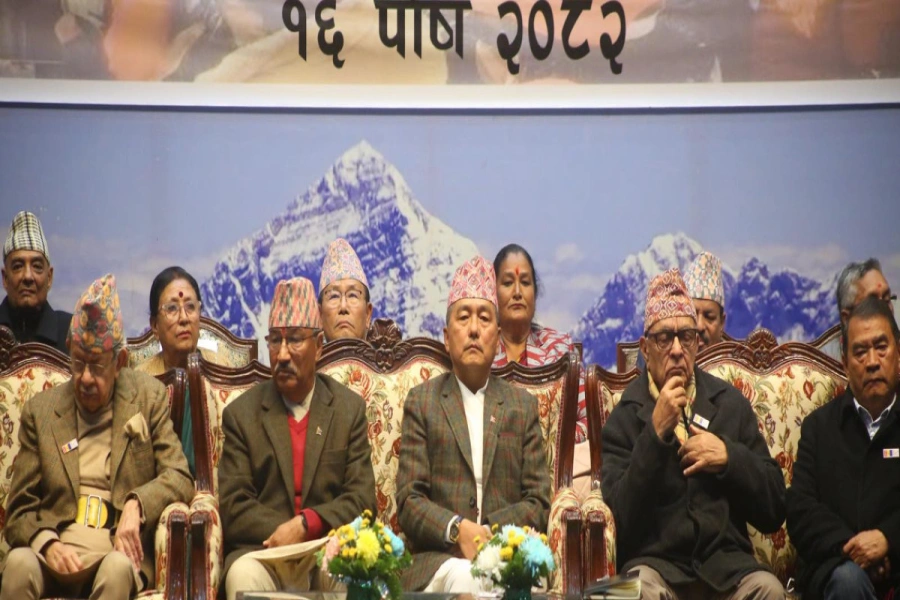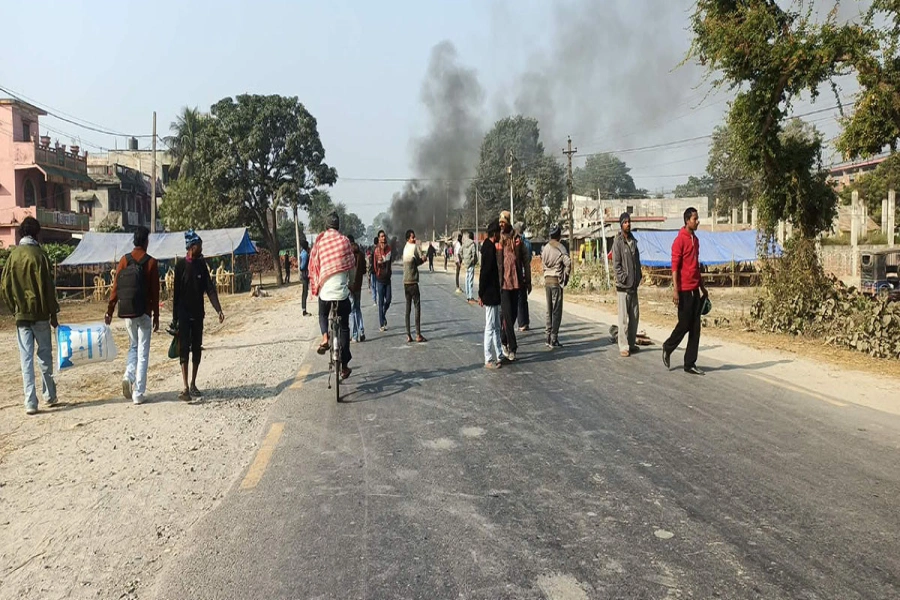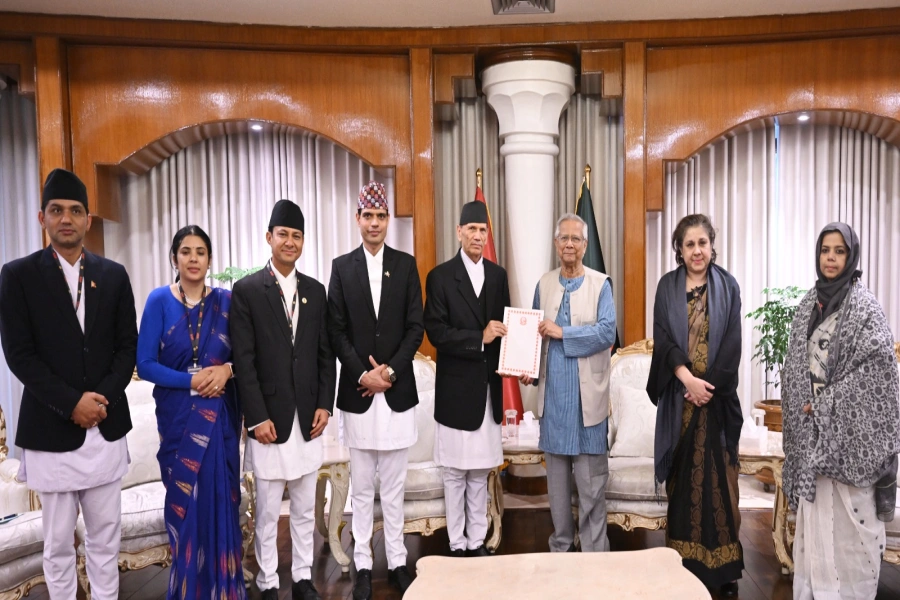TEPC and NPIA have different priorities
KATHMANDU, May 5: The government has repeatedly pledged to assist on increasing the production of pashmina wool since the Fiscal Year 2012/13. It had allocated Rs 6 million for this cause, toward establishing a processing plant for pashmina wool that is extracted from mountain goats natively known as chyangra. However, due to a conflict of priorities between pashmina entrepreneurs and the objective of budget that has been allocated for the purpose, it seems unlikely that this sum will be mobilized as there is just a little more than two months of the fiscal year remaining.
“We had requested the government to help construct a processing plant for pashmina wool in Mustang district as it is the chief pashmina producing area in the country. However, the Trade and Export Promotion Center (TEPC) seemed interested in constructing three plants in Mustang, Dolpa, and Manang with insufficient budget,” said Durga Bikram Thapa, president of Nepal Pashmina Industries Association (NPIA). “It would at least need Rs 30 million to install such processing plants in the three districts and as the budget is not sufficient, we have refused to accept the inadequately supplied fund.”
Processing center sought to reduce pashmina wool imports

While the pashmina produced in the upper hilly and mountainous regions of Nepal have been making its way into China for refining, a processing and collection plant in key pashmina producing areas would be a great step to promote locally produced goods, according to chyangra farmers.
“Currently, there is no provision for pashmina processing at our disposal. Therefore a majority of raw wool is sold at a cheap price into Tibet before processing and the same is imported into Nepal at a higher price. Establishing such an industry would allow Nepali pashmina entrepreneurs to produce finished goods in Nepal itself,” said Karan Gurung (Tangbe), founder chairman of Mustang Chyangra and Pashmina Farmers Association.
Gurung said: “There is very little communication between Kathmandu and Mustang. Farmers here have been deeply affected by a number of problems such as attack on livestock by snow leopards. Moreover, due to lack of proper support from the government, farmers do not have the incentive to pursue or continue chyangra farming. Youths have left the villages either for cities or foreign countries in search of employment.”
“This has caused short supply of manpower for the traditional business.” Gurung added. “Previously, there used to be local manpower to guide the herds of goat, but now goat herds have to be brought form other districts.”
TEPC officials and textile experts however argue that there is no need to spend on such a large-scale processing plant considering the current status quo of Nepali pashmina industries. “The production of pashmina wool is very less in Nepal and it is simply useless to install such a large-scale plant anywhere in Nepal as pashmina wool refining work is just conducted six months in a year while the rest of the months, wool is not extracted from chyangra. Therefore, with the production of wool at such a minimal quantity, spending millions on high tech machinery as NPIA has proposed is not useful,” said Rabindra Singh, assistant director at TEPC.
Seconding Singh’s claim, textile engineers and pashmina experts argue that firstly, the Rs 6 million budget for a processing center is more than enough for the country as Nepal’s production has not yet reached a point where such high tech machinery is required. Moreover experts also suggest that considering the topography of Mustang, it is not wise to install a processing plant as firstly, Nepali engineers will not be willing to go to such a remote area without a hefty pay cheque and also, should there be any technical difficulties, the equipment and the spare parts will not be available in close proximity in addition to not being easily accessible to pashmina entrepreneurs of other parts of the country.



